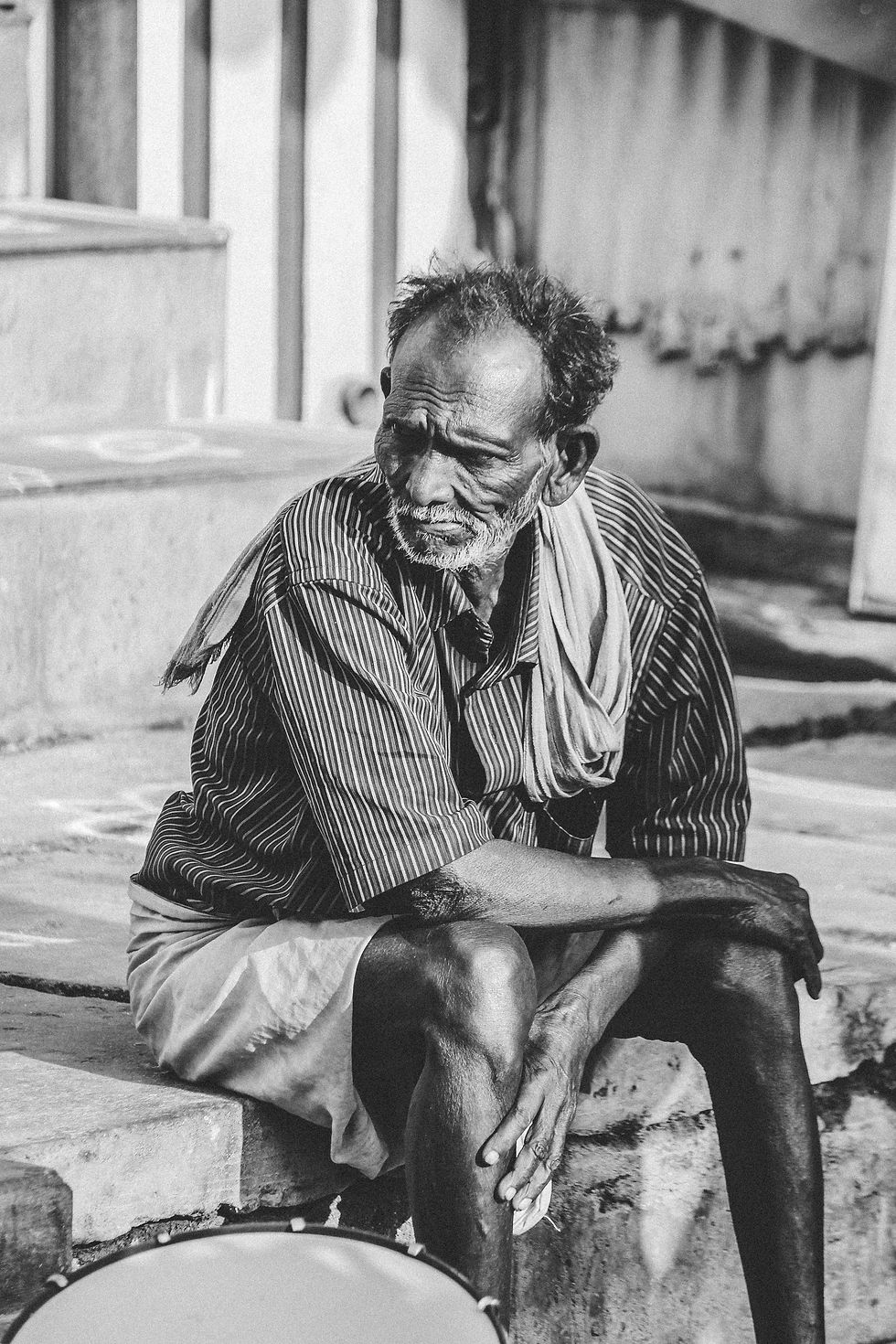Economic Plight of Rural India
- THE RURAL POST
- May 15, 2020
- 2 min read
Updated: Jul 28, 2020
By Pratyasha Pradhan
The rural population of the nation which accounts for two-thirds of 1.3 billion people and 45% of the gross domestic product has always been the worst affected due to any malaise. May it be natural calamities such as back-to-back droughts or a political gimmick such as demonetisation. Lately, the rural economy is facing an unimaginable and sudden threat of COVID-19. Due to the announcement of a lockdown, migrant workers walked miles and miles together back to their homes due to a sudden loss of their livelihoods. In a report by the World Bank, 60000 migrant workers moved from urban work centres to their homes. This has caused a surge of deaths due to starvation, fatigue and hunger. Reports of extreme steps of suicide due to financial distress are also coming in. The wages have truncated in real terms.

Agriculture is the backbone of the rural economy. According to the father of India’s Green Revolution, the nation’s rural economy is not prepared for the pandemic but the situation can be dealt with if institutional infrastructure is mobilised. Shortage of labour is seen as an unparalleled challenge for harvest of winter crops. Perishables such as vegetables and fruits even under normal circumstances require cold storage facilities. Due to truancy of proper infrastructure and logistics, farmers again became the victims of distress sales, unable to get the deserved prices of their produce. The flawed credit system of moneylenders have again started trapping the farmers in the vicious circle of loans. The deprivation of livelihood opportunities have caused an unavailability of cash for farmers. Disruption of wholesale markets and unseasonal rainfall have added to the ocean of problems for the people. Even, flower growers are incapable of sustenance due to closing of temples and no occurrence of weddings. The government has given a welfare relief of 1.7 crore rupees which covers formal sector workers and constitutes for only 1.2% of GDP. Poverty hits hard to the informal sector workers who are self-employed, daily wage earners, migrant labourers, rag pickers, street vendors and those working in small and micro units sprawling across the cities. A looming food crisis is already staring at us in the upcoming weeks of the lockdown. Instead of working towards the economy upliftment, the government must cushion the people who are facing the worst in this tumultuous situation. When there is a dip in growth of internal demand, the external demand also wouldn’t improve. The key to the revival of growth lies in revival of domestic private consumption. Two ways how the government can boost the rural economy- firstly ensuring higher returns on agricultural commodities and secondly strengthening rural employment schemes like MGNREGA.




Comments